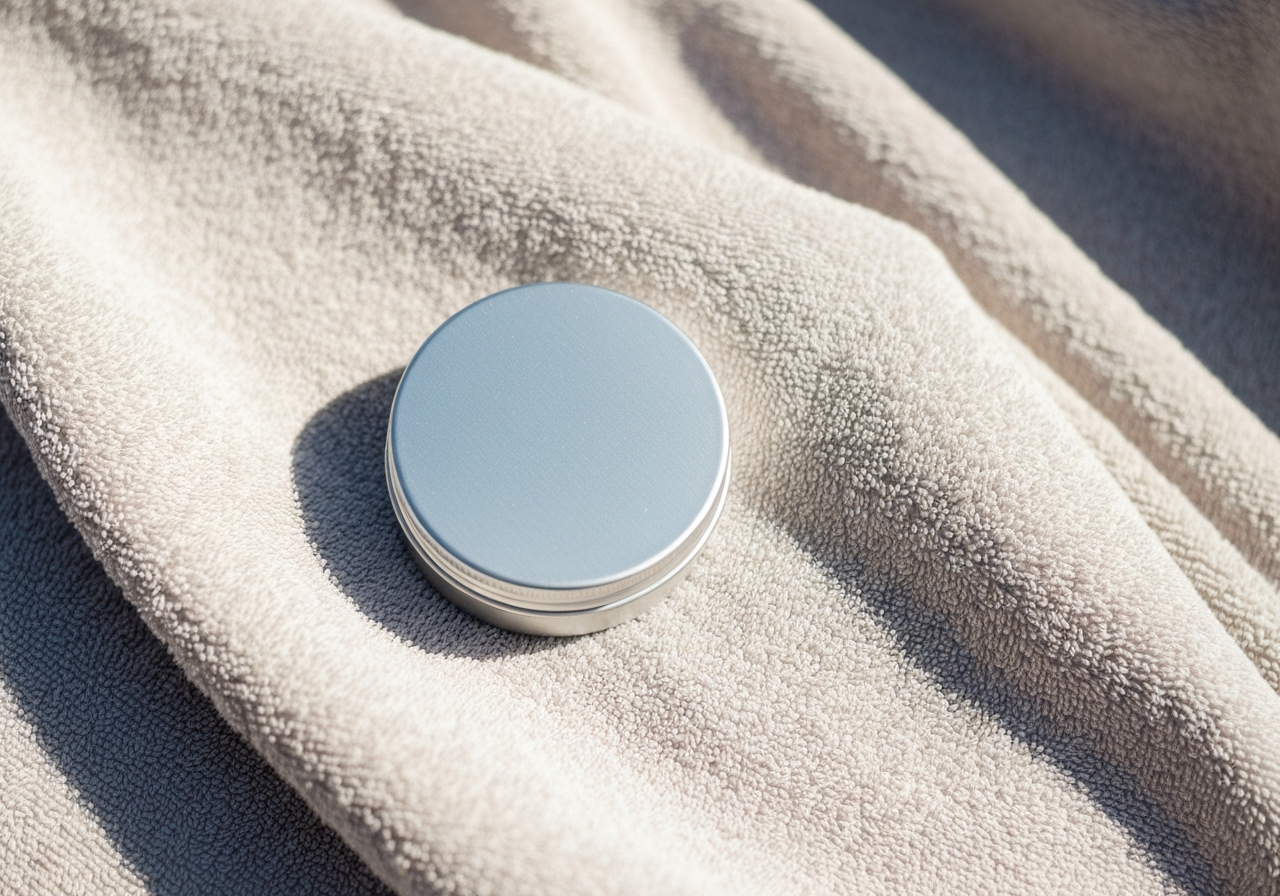There’s nothing quite like the feeling of warm sun on your skin. It’s a simple joy, a sign of longer days, and a call to get outside. As environmentally conscious renters, we’re already pros at making thoughtful choices within our four walls—from DIY composting bins on our balconies to stocking up on refillable cleaners. But what about the choices we make for our bodies when we step outside those walls? Specifically, let’s talk about sunscreen. That trusty bottle you grab before heading to the park or the beach might be hiding a secret. Many conventional sunscreens contain chemical ingredients that, when washed off our skin, can cause significant harm to fragile marine ecosystems, particularly coral reefs. Add to that the mountain of single-use plastic bottles we go through each summer, and it’s clear that our sun protection habits deserve a second look. The good news? Making a switch is one of the easiest and most impactful eco-friendly swaps you can make. You don’t need to install anything or sacrifice a lot of space. This guide is designed for you—the conscious renter—to navigate the world of sustainable sun protection. We’ll break down what to look for, what to avoid, and share our top picks for the best **sustainable and reef-safe sunscreens** that protect your skin and our planet. First, What’s the Big Deal? The Problem with Conventional Sunscreen Before we dive into the solutions, it’s helpful to understand the problem. Why isn’t every sunscreen eco-friendly? It boils down to two main issues: the ingredients inside and the packaging outside. The Chemical Culprits Harming Our Oceans The primary concern with many chemical sunscreens lies in their active ingredients, which are designed to absorb UV radiation. When we swim, shower, or even sweat, these chemicals wash off and enter our waterways. Scientific studies have shown that several common UV-filtering chemicals can be devastating to marine life. The two most notorious offenders are: Oxybenzone: This is the big one. It’s been shown to contribute to coral bleaching (where corals expel the algae living in their tissues, turning them white and vulnerable), damage coral DNA, and disrupt the development of young coral. Octinoxate: Similar to oxybenzone, this chemical can also induce coral bleaching, even at very low concentrations. Hawaii and other coastal regions have even banned the sale of sunscreens containing these two ingredients to protect their reefs. Unfortunately, the list of potentially harmful chemicals doesn’t stop there. Others like octocrylene, homosalate, and avobenzone are also under scrutiny for their environmental impact. The Plastic Packaging Predicament Beyond the formula, there’s the container. The vast majority of sunscreens come in virgin plastic tubes and bottles that are difficult, if not impossible, to recycle due to their complex materials and shape. Each year, an estimated 120 billion units of packaging are produced by the global cosmetics industry, and much of that ends up in landfills or our oceans. As renters who often have limited recycling options or space for sorting, opting for less packaging is a huge win. Your Reef-Safe Sunscreen Checklist: How to Choose Wisely Walking down the sunscreen aisle can be overwhelming. “Reef-friendly” and “natural” are slapped on labels everywhere, but these terms aren’t regulated, leading to a lot of greenwashing. Use this checklist to become a savvy shopper and cut through the noise. 1. Look for Mineral-Based Actives This is the most important swap. Instead of chemical filters that absorb UV rays, **mineral sunscreens** (also called physical sunscreens) use mineral actives that create a physical barrier on top of your skin to block them. They are generally considered the safest option for both human health and the environment. ✅ Look for: Zinc Oxide and/or Titanium Dioxide as the *only* active ingredients. ✨ Pro-Tip: Opt for “non-nano” versions. Nano-particles are so small they can potentially be ingested by coral and other marine life. The “non-nano” label means the particles are too large to cause this harm. 2. Avoid the “Awful Eight” Memorize the main culprits or just keep a note on your phone. If you see any of these in the “Active Ingredients” list, put the bottle back on the shelf. ❌ Avoid: Oxybenzone Octinoxate Octocrylene PABA (Aminobenzoic Acid) Enzacamene Octisalate Homosalate Avobenzone 3. Consider the Packaging This is where you can really level up your sustainable game. The best formulas come in the best packages. As renters, we appreciate products that are compact and produce less trash. 🏆 Gold Standard: Metal tins or cardboard tubes. These are often plastic-free, easily recyclable (aluminum), or compostable (cardboard). They’re also perfect for travel and won’t leak in your bag. 🥈 Silver Medal: 100% Post-Consumer Recycled (PCR) plastic or bioplastic (like sugarcane). This isn’t perfect, but it’s a huge step up from virgin plastic. 4. Check for Bonus Certifications Look for other labels that align with your values. 🐇 Cruelty-Free: Look for the Leaping Bunny logo. 🌱 Vegan: Ensures no animal-derived ingredients (like beeswax, which is common in some natural formulas). 🌍 B Corp or 1% for the Planet: These certifications show a company’s commitment to social and environmental standards. Our Top Picks: The Best Sustainable & Reef-Safe Sunscreens for 2024 We’ve done the research for you! Here are some of the best brands on the market that tick the boxes for effective, eco-friendly sun protection. They are all renter-friendly, meaning they are easy to find, store, and use. 🏆 Best Overall for Everyday Use: Badger Badger has been a leader in the natural sunscreen space for years, and for good reason. Their formulas are simple, effective, and use high-quality, organic ingredients. They are gentle enough for daily use on both face and body. Why We Love It: It’s a reliable, widely available brand with a huge range of products, from baby-friendly lotions to active sport sticks. Their commitment to transparency is top-notch. Key Ingredients: Non-nano Zinc Oxide, Sunflower Oil, Beeswax. Packaging: They offer large tubes made from 50%+ PCR plastic and some options in recyclable aluminum tins. Price: $$ ♻️ Best Zero-Waste Option: Raw Elements If your main goal is to ditch plastic, Raw Elements is your champion. Their famous face sticks and body sunscreens come in plastic-free tins and cardboard tubes, making them the ultimate **zero-waste sunscreen** option. Why We Love It: The formulas are ultra-concentrated and water-resistant, meaning a little goes a long way. The tins are compact, perfect for small bathroom cabinets and travel bags. Key Ingredients: Non-nano Zinc Oxide, Sunflower Oil, Cocoa Butter. Packaging: Reusable/recyclable aluminum tins and compostable cardboard push-up tubes. Price: $$$ (but very concentrated) 😊 Best for Sensitive Skin: Babo Botanicals For those whose skin reacts to, well, everything, Babo Botanicals offers incredibly gentle, plant-based mineral formulas. They are often fragrance-free and developed with the most sensitive skin in mind, making them great for the whole family. Why We Love It: The Sheer Zinc Continuous Spray is a game-changer for mineral sunscreen application, and their lotions are lightweight and non-irritating. Key Ingredients: Non-nano Zinc Oxide, Calendula, Shea Butter. Packaging: Tubes made from PCR plastic and non-aerosol spray cans. Price: $$ 🎨 Best Tinted Option for the Face: Suntegrity Worried about the dreaded “white cast”? A tinted mineral sunscreen is the answer. Suntegrity’s “5-in-1” Natural Moisturizing Face Sunscreen is a cult favorite that acts as a moisturizer, sunscreen, and light foundation all in one—a perfect multi-tasker for minimalist renters. Why We Love It: It provides beautiful, sheer coverage that evens out skin tone while offering broad-spectrum SPF 30 protection. It feels more like skincare than sunscreen. Key Ingredients: Non-nano Zinc Oxide, Aloe Vera, Hyaluronic Acid. Packaging: Tubes made from sugarcane bioplastic. Price: $$$$ Busting Common Mineral Sunscreen Myths Switching from chemical to mineral sunscreen can feel like a big change. Let’s address some of the common concerns you might have. Myth #1: “It leaves a horrible white cast!” The Reality: While early mineral formulas could be chalky, formulations have improved dramatically! Modern micronized (but still non-nano) zinc oxide is much more transparent. The Fix: Warm the product between your hands first and apply it in thin layers, rubbing each one in completely. Or, as mentioned above, opt for a tinted version for your face, which uses iron oxides to blend seamlessly with your skin tone. Myth #2: “It’s thick, greasy, and clogs my pores!” The Reality: Again, formulas matter. Many brands now offer lightweight, non-comedogenic lotions specifically for the face. The Fix: Look for products labeled “sheer,” “lightweight,” or “for face.” Brands like Kinship and Cocokind have fantastic, non-greasy facial formulas. Applying a light dusting of translucent powder on top can also help set it and reduce shine. Myth #3: “It’s so much more expensive!” The Reality: Yes, high-quality, sustainable products can have a higher upfront cost. But it’s an investment in your health and the planet’s. The Fix: Think of it in terms of value. Concentrated formulas in tins, like Raw Elements, last much longer than a watery lotion in a tube. Also, consider buying larger “family size” tubes to reduce the cost-per-ounce. Your skin, and the coral reefs, will thank you for it. Your Sunny, Sustainable Path Forward As a renter, you’ve already proven that you can make a positive impact without owning your own home. Choosing a sustainable, reef-safe sunscreen is another powerful extension of that mindset. It’s a simple, personal choice that has a ripple effect, protecting our planet’s most beautiful and vital underwater ecosystems. The next time you’re getting ready for a day outdoors, you can feel confident that your sun protection is doing its job for you *and* for the environment. Start by using up what you have (to avoid waste!) and then make a conscious choice for your next purchase. Every small swap adds up to a big difference. What’s your go-to reef-safe sunscreen? Share your favorites in the comments below to help out the community!
Your Ultimate Guide to the Best Sustainable & Reef-Safe Sunscreens (Renter-Friendly Picks!)




